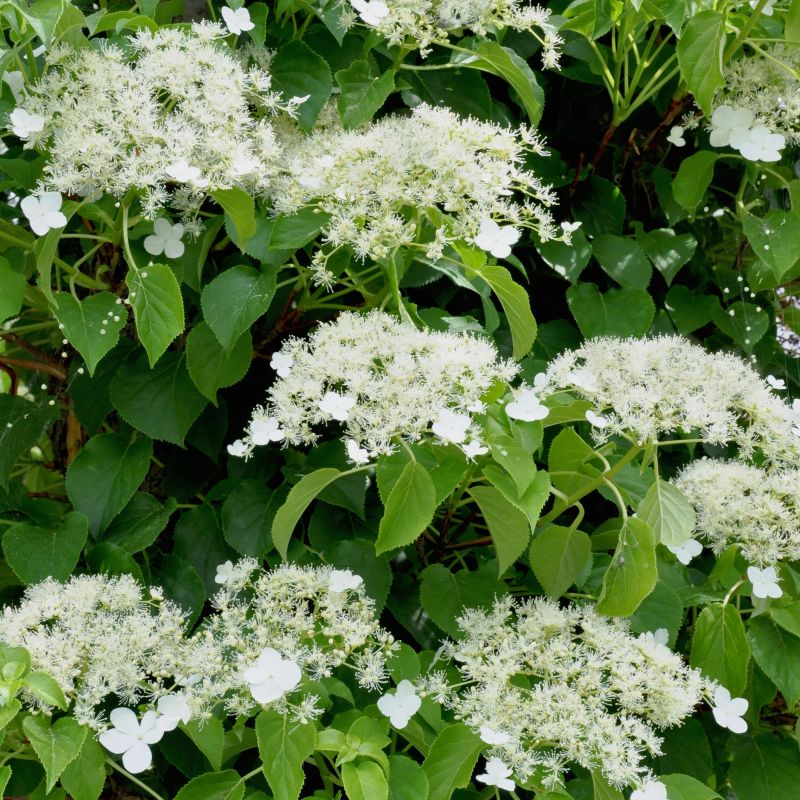

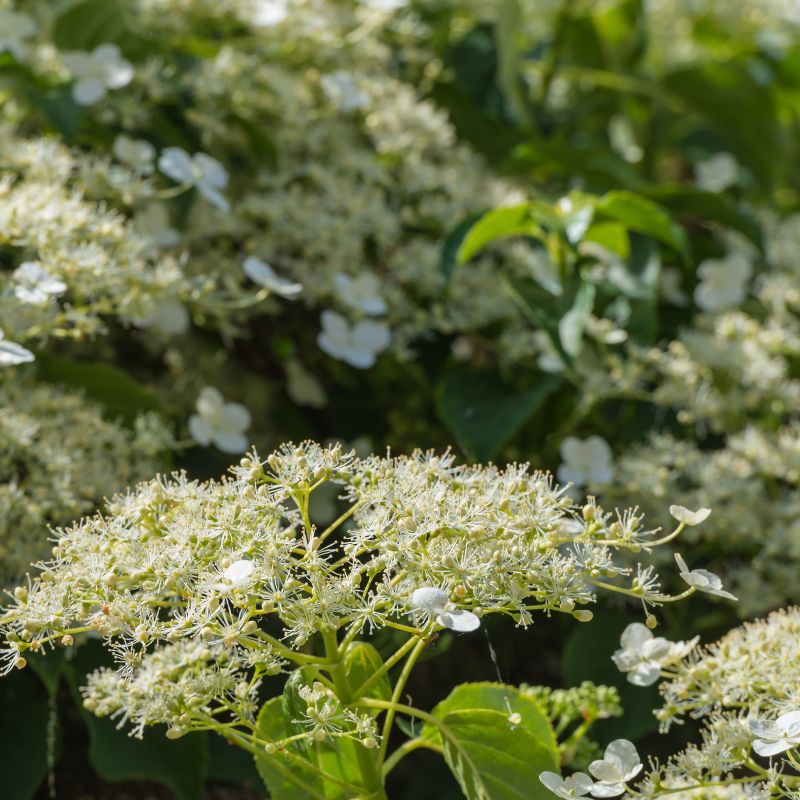
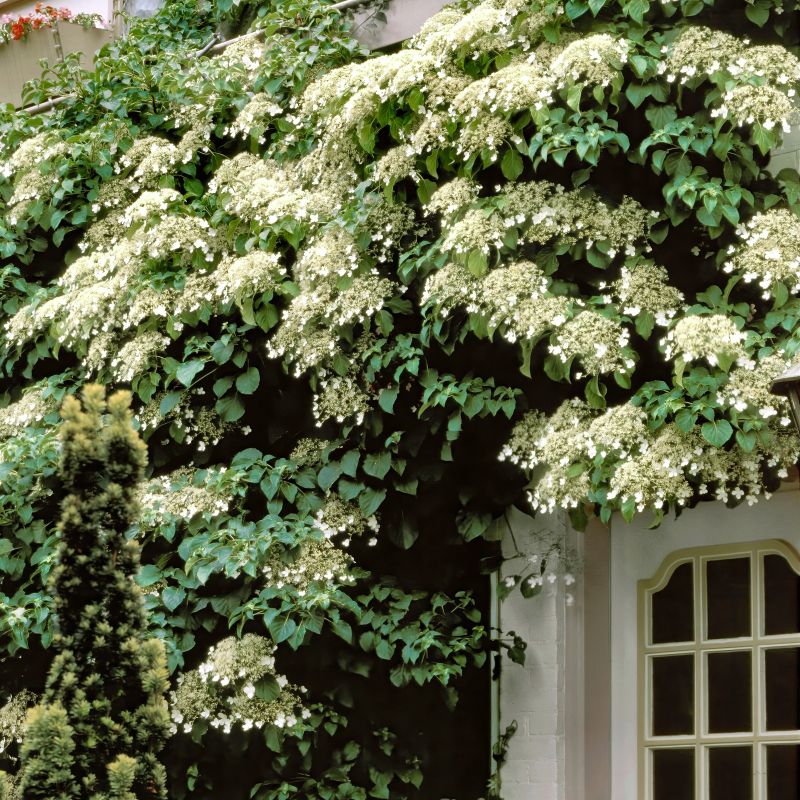
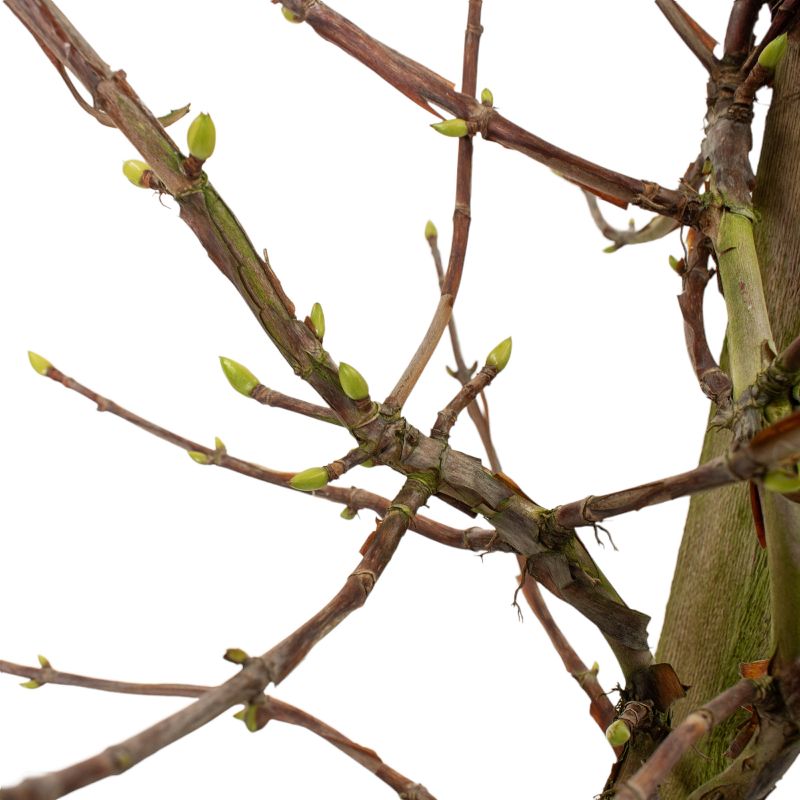
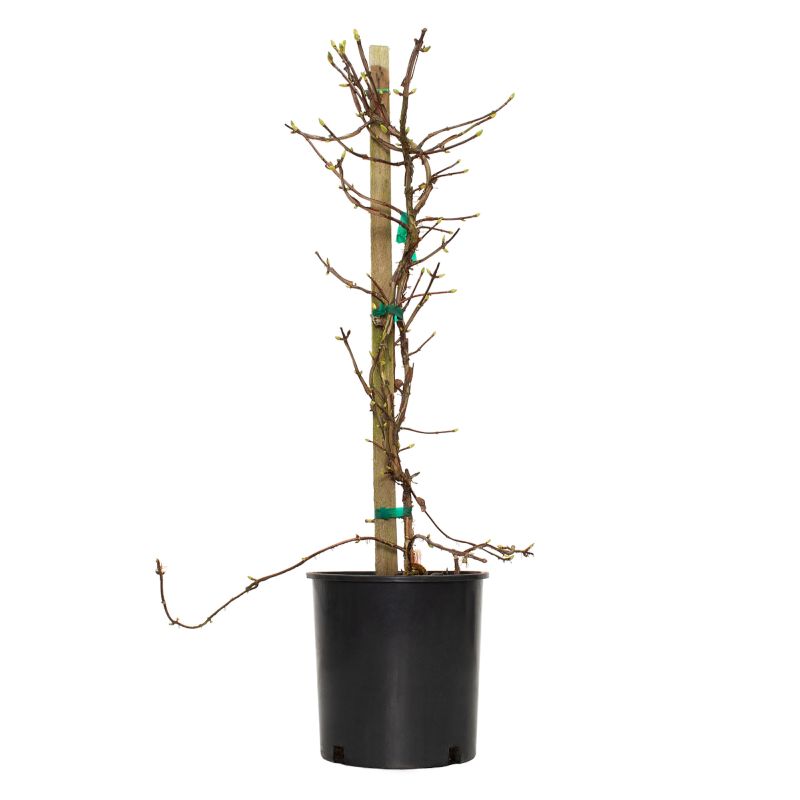
Hydrangea Petiolaris (Climbing)
Hydrangea petiolaris
85 reviews
Hydrangea Petiolaris (Climbing)
Hydrangea petiolaris
85 reviews
- Fast-growing and easy to train onto trellises, walls, or pergolas
- Beautiful cascading clusters of white flowers in late spring and early summer
- Tolerant of shade, making it a versatile and low-maintenance climbing plant
- Recommended by landscape designers for optimal fit in real yards
$105.00
$150.00
30% Off
- Ships to in 3-5 Days
- Free Shipping Over $150
- Plant Arrival Guarantee
- In Stock
- Free Plant Consult
$200 - Landscape-Approved: Every Plant We Sell Comes With Design Expertise Behind It
2 Gallon
We are sorry, product is currently out of stock due to seasonal availability. Please check the "Related plants available in your area" section below
Not just beautiful - intentionally selected by ShrubHub's 3D landscape design team to fit real-world spaces and maximize yard potential.
Why Hydrangea Petiolaris (Climbing)?
Hydrangea petiolaris, commonly known as Climbing Hydrangea, is a stunning vine that can climb up walls, fences, and arbors with its aerial roots. This deciduous vine produces large clusters of white, lacecap flowers in the summer, adding a pop of color to any garden or landscape. With its vigorous growth and hardiness, it is a great choice for creating a vertical garden feature.
Sunlight
Hydrangea Petiolaris (Climbing) prefers partial shade to full shade. It can tolerate some morning sun but should be protected from hot afternoon sun. Too much direct sunlight can cause the leaves to burn, so it is best to provide dappled or filtered light.
Watering
Hydrangea petiolaris (Climbing) prefers consistently moist, well-draining soil. Water the plant deeply 1-2 times per week, allowing the soil to dry out slightly between waterings. Avoid overwatering as it can result in root rot. Mulch around the base to he
Fertilizing
Hydrangea petiolaris (climbing hydrangea) generally does not require heavy fertilization. A balanced slow-release fertilizer can be applied in spring to promote healthy growth and flowering. Avoid excessive nitrogen as it can encourage leafy growth at the
Hydrangea Petiolaris (Climbing)
The Hydrangea Petiolaris, also known as Climbing Hydrangea, is a beautiful and versatile climbing plant that produces large, white, lacecap flowers in the summer. This deciduous climber is perfect for covering walls, fences, trellises, or arbors, adding a touch of elegance and charm to any garden.
Hydrangea Petiolaris is known for its heart-shaped, dark green leaves and its ability to thrive in shade or partial shade. It is a low-maintenance plant that requires little to no pruning, making it an excellent choice for beginner gardeners or those looking for a fuss-free plant.
This climbing hydrangea is a vigorous grower, reaching heights of up to 50 feet when given the right conditions. It is hardy in USDA zones 4-8 and prefers moist, well-draining soil.
Whether used as a focal point in the garden or as a backdrop for other plants, the Hydrangea Petiolaris is sure to impress with its stunning flowers and lush green foliage.
Plant Information:
| Botanical Name: | Hydrangea petiolaris |
| USDA Zones: | 5 - 7 |
| Mature Height: | 30-50 FT |




Pollination Info
Pollination Information for Hydrangea Petiolaris (Climbing)
Hydrangea petiolaris, commonly known as Climbing Hydrangea, is a deciduous climbing vine that produces showy white flowers in the summer. Pollination in these plants is primarily carried out by insects, particularly bees and butterflies.
The flowers of Hydrangea petiolaris are rich in nectar, which attracts pollinators to visit and collect pollen. As they move from flower to flower, they inadvertently transfer pollen grains from the stamens (male reproductive organs) to the pistils (female reproductive organs) of the flowers, leading to fertilization and seed production.
It is important to provide a habitat that encourages pollinators to visit your Climbing Hydrangea, such as planting other nectar-rich flowers nearby and avoiding the use of chemical pesticides that may harm beneficial insects.
By promoting pollination in your garden, you can help ensure the reproduction and success of Hydrangea petiolaris and contribute to the overall health of your local ecosystem.
FAQ
Frequently Asked Questions About Hydrangea Petiolaris (Climbing)
Q: What is Hydrangea Petiolaris (Climbing)?
A: Hydrangea Petiolaris, also known as Climbing Hydrangea, is a deciduous climbing plant that produces beautiful white flowers in the summer.
Q: How do I care for Hydrangea Petiolaris?
A: Climbing Hydrangeas prefer moist, well-drained soil and partial to full shade. They can be pruned in the late summer or early fall to shape the plant and remove any dead branches.
Q: How often should I water my Hydrangea Petiolaris?
A: Water your Climbing Hydrangea regularly, especially during dry periods. Be sure to water at the base of the plant to prevent water from sitting on the leaves, which can cause mildew.
Q: When should I fertilize my Hydrangea Petiolaris?
A: Fertilize your Climbing Hydrangea in the spring with a balanced fertilizer to encourage healthy growth and flowering.
Q: Can I propagate my Hydrangea Petiolaris?
A: Yes, Climbing Hydrangeas can be propagated by taking softwood cuttings in the early summer or by layering a branch in the fall.
Q: Do I need to provide support for my Climbing Hydrangea?
A: Yes, Hydrangea Petiolaris is a climbing plant that will need support to grow vertically. You can train it to grow up a trellis, wall, or fence.
Q: Are there any pests or diseases that affect Climbing Hydrangeas?
A: Climbing Hydrangeas are generally resistant to pests and diseases, but they can sometimes be affected by powdery mildew or scale insects. Keep an eye on your plant and treat any issues promptly.
Planting & Care
Planting and Care for Hydrangea Petiolaris (Climbing)
Planting: Hydrangea Petiolaris, also known as Climbing Hydrangea, is a versatile vine that can be planted in a variety of locations. Choose a well-draining spot with partial to full shade. Dig a hole that is twice as wide as the root ball of the plant and at the same depth. Backfill with soil and water thoroughly.
Watering: Keep the soil consistently moist, especially during the hot summer months. Hydrangea Petiolaris does not like to dry out completely, so be sure to water regularly.
Fertilizing: Fertilize the plant in the early spring with a balanced, slow-release fertilizer. Avoid high nitrogen fertilizers, as they can promote excessive leaf growth at the expense of blooms.
Pruning: Prune Climbing Hydrangea in late winter or early spring to control its size and shape. Remove any dead or damaged branches, as well as any that are crossing or rubbing against each other.
Support: Provide a sturdy support structure for the vine to climb on, such as a trellis or pergola. Training the vine early on will help it grow in the desired direction.
Pests and Diseases: Hydrangea Petiolaris is relatively resistant to pests and diseases, but keep an eye out for common garden pests such as aphids, spider mites, and scale insects. Treat as needed with an appropriate insecticide or horticultural oil.
Winter Care: In colder climates, protect the plant from harsh winter conditions by wrapping it in burlap or providing a layer of mulch around the base of the plant.
Check Out These Verified Customer Reviews:
Customer Reviews
4.7 out of 5 based on 85 reviews
Thank you! Your review has been submitted.
Beautiful and healthy plant
Easy to train to climb on trellis, adds a lovely touch to my outdoor space.
Healthy plant, exactly as described on the website.
Item has been added to your cart.


